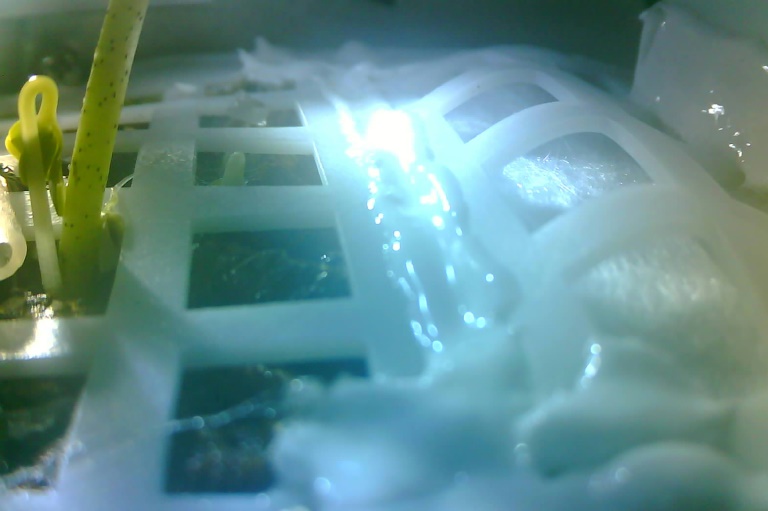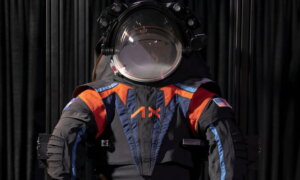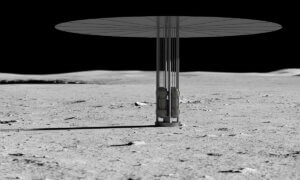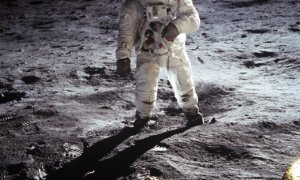China’s Chang’e lander arrived successfully on the far side of the Moon on January 3rd 2018 and its mission so far has been a success, but that doesn’t mean that its work stopped after the landing, on the contrary.
The lander was actually carrying a few passengers on board, all of them tucked inside a miniature lunar biosphere that was developed by the scientists at the Chongqing University. These passengers are cotton, rapeseed, potato and rockress seeds.
The seeds, along with the contents of the biosphere (soil, air, water, yeast and fruit fly eggs) are part of an experiment that will determine if it is viable or not for us to maintain a colony on the Moon.
The biosphere is enclosed in a container that has a built-in heat system which aids growth and, at the same time, prevents the biological material from freezing. The entire sprouting process has been monitored via two small cameras.
Professor Liu Hanlong, head of the experiment stated that they have “given consideration to future survival in space. Learning about these plants’ growth in a low-gravity environment would allow us to lay the foundation for our future establishment of space base,” he continued.
So far, only the cotton seeds have germinated, for reasons no one has managed to figure out just yet.
Follow TechTheLead on Google News to get the news first.























